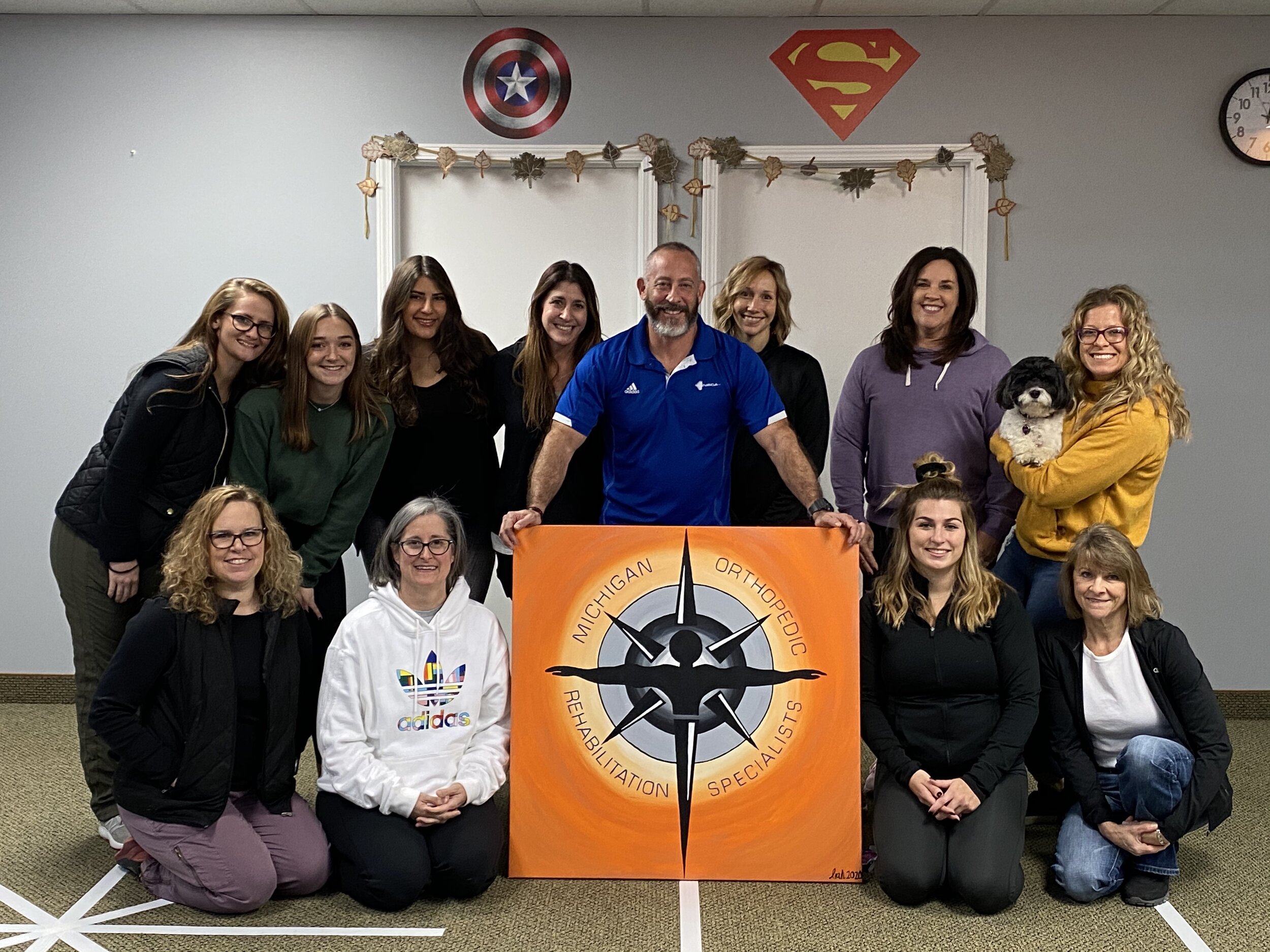Enhancing Healing Via Cardiopulmonary Physiotherapeutic Therapy in the Process of Post-Surgical Rehabilitation
Cardio-pulmonary physiotherapeutic therapy plays a vital role in helping individuals recover after surgery, especially for those who have experienced operations impacting the cardiac system and pulmonary system. Recovery from surgery can be a challenging process, often accompanied by discomfort, exhaustion, and restricted movement. However, with the right approach and assistance, individuals can restore their vitality and improve their overall health. This type of therapy focuses on improving the performance of the cardiac system and pulmonary system, which is essential for a successful recovery.
One of the main objectives of cardio-pulmonary physiotherapeutic treatment is to improve cardiovascular endurance. Following an operation, individuals may experience decreased endurance, making everyday tasks feel more tiring. Through a carefully planned exercise program, physical therapists assist patients in gradually boosting their activity levels. This may consist of activities such as walking, bicycling, or specific breathing activities. These exercises not only aid build power but also increase lung capacity, which is crucial for guaranteeing that the body receives enough oxygen.
Moreover, cardio-pulmonary physiotherapeutic therapy highlights the significance of breathing techniques. Many post-operative individuals may struggle with full respiration due to discomfort or limited movement. Physical therapists teach patients how to execute deep breathing activities, which can help increase the lungs and clear out any secretions that may have accumulated during the recovery process. Appropriate respiratory techniques are crucial to avoid complications such as lung infections, which can arise if the lungs are not operating effectively. By focusing on these methods, individuals can enhance their healing and general pulmonary health.
Another critical component of this type of treatment is physical therapy and patient engagement instruction. Physical therapists provide valuable information about the healing process, including what patients can expect during healing. They clarify how to identify danger signs that may signal complications, helping patients feel more in control of their health. Understanding the importance of exercise in healing allows individuals to assume an engaged part in their healing journey. This empowerment is crucial for fostering self-assurance and encouraging a constructive perspective during recovery.
In conclusion, cardiopulmonary physical therapy is an essential aspect of post-surgical recovery for individuals experiencing cardiac and lung operations. By concentrating on enhancing heart and lung endurance, instructing respiratory methods, and offering knowledge, physical therapists enable individuals to assume control of their recovery. This specialized treatment not only aids in physical healing but also supports emotional well-being, making the journey of recovery smoother and more manageable. With the right support and guidance, patients can successfully restore their strength and return to their daily lives.